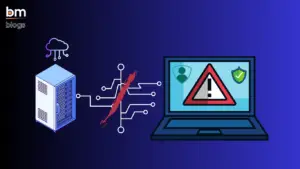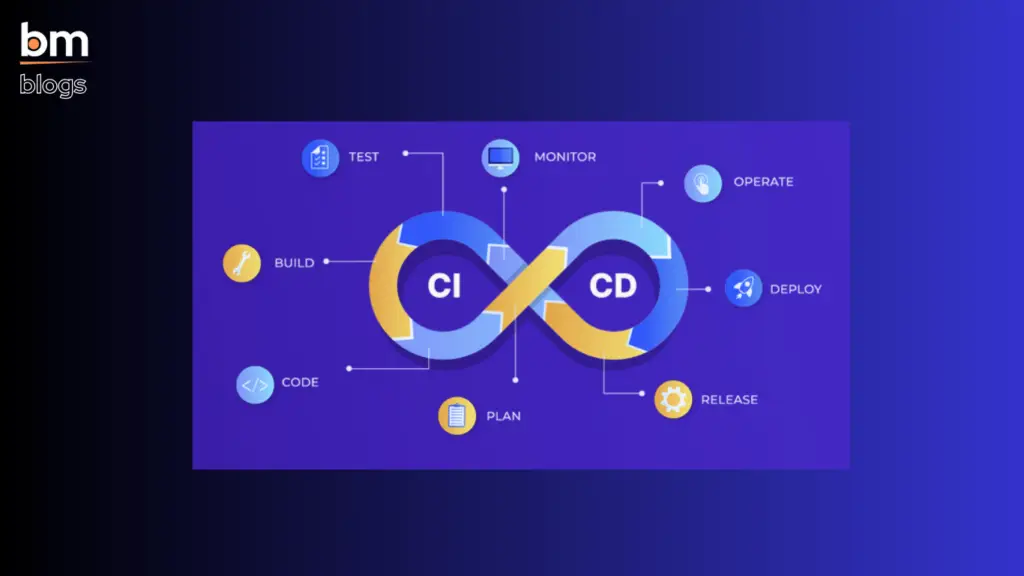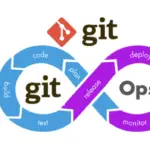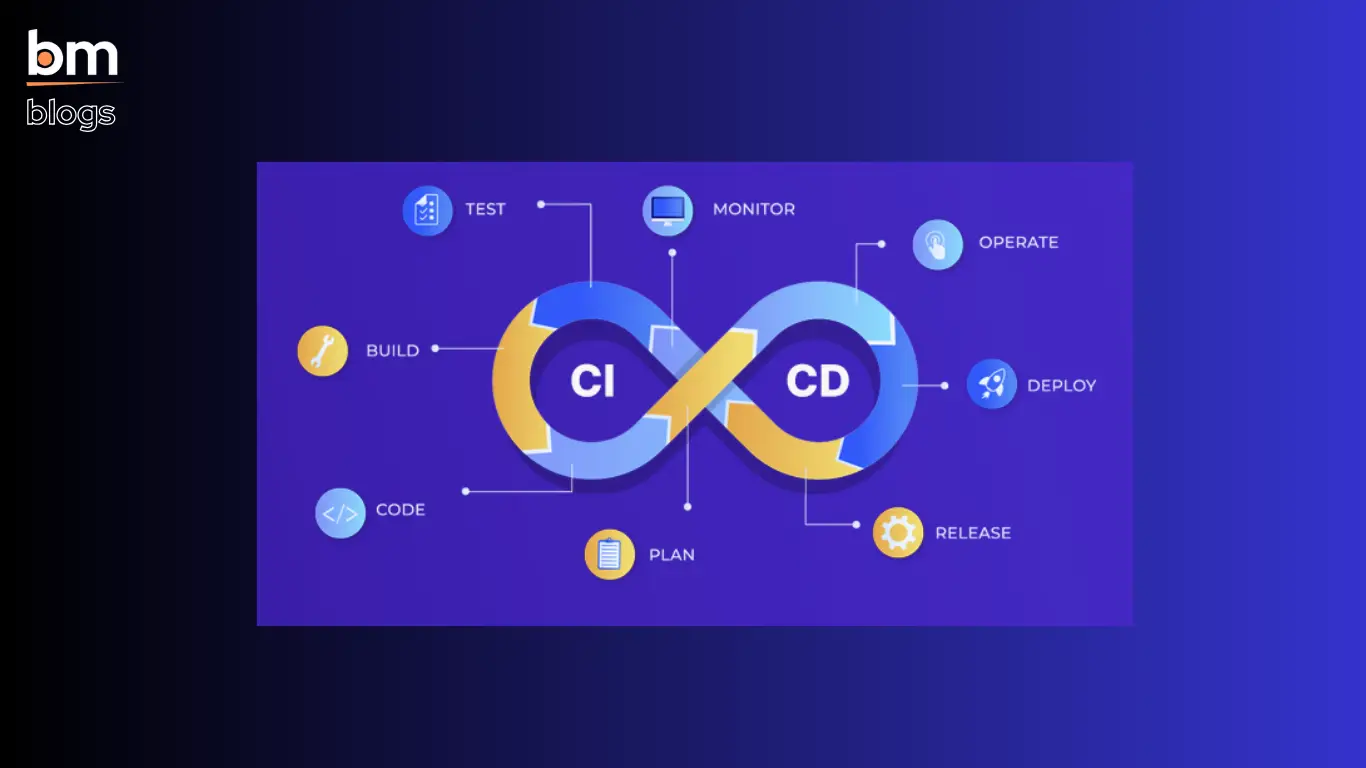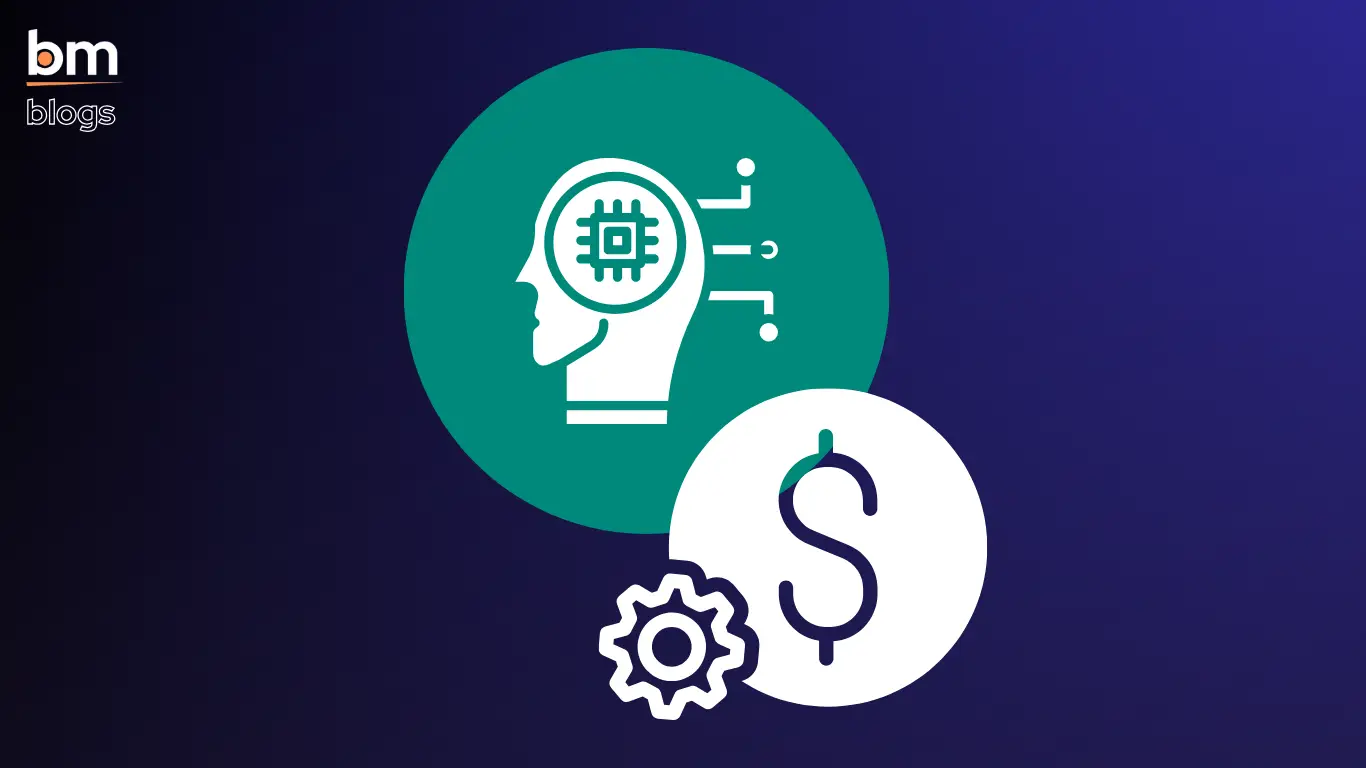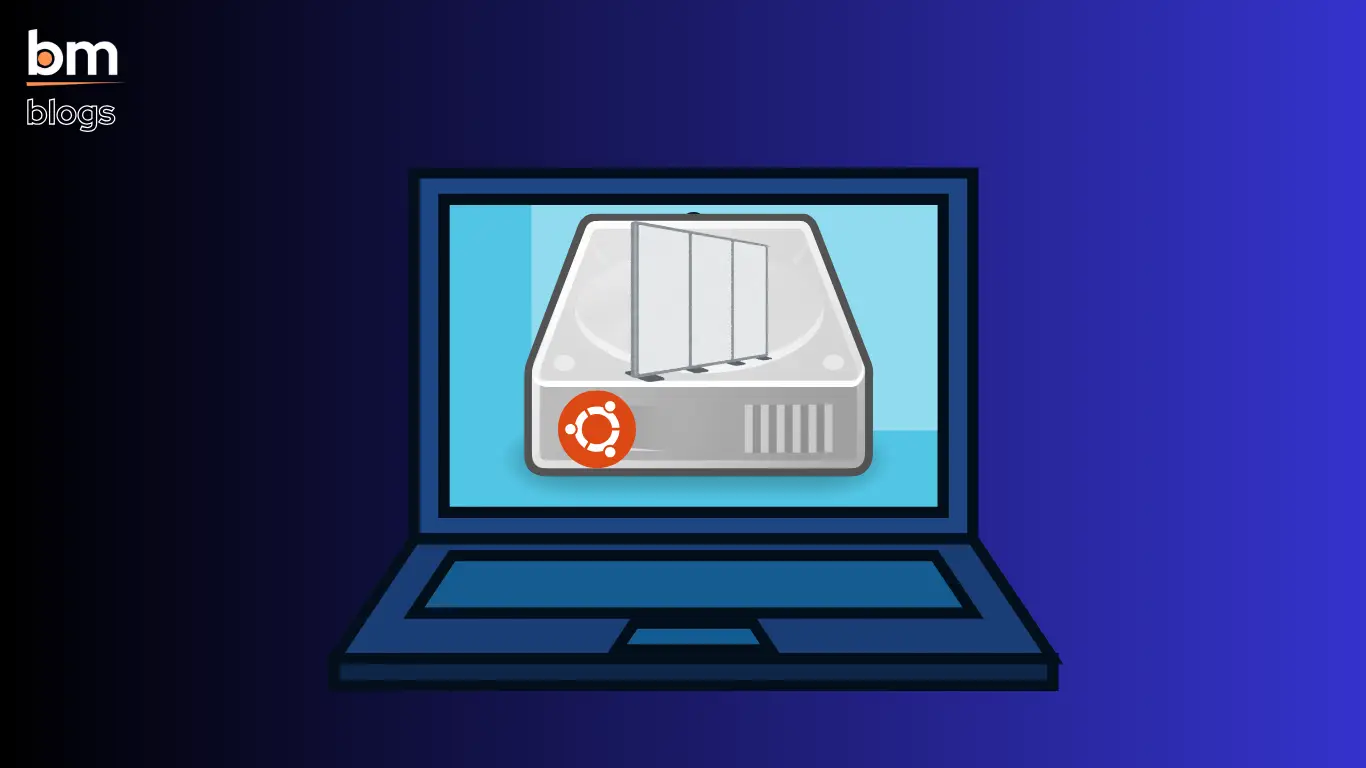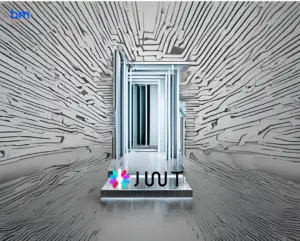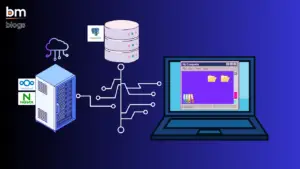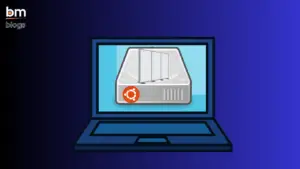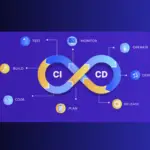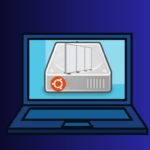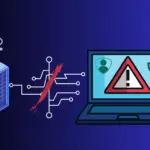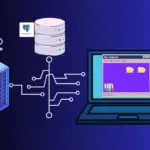As software development practices evolve, traditional CI/CD pipelines—which once revolutionized how we build and deliver software—are being pushed to their limits. Modern demands for speed, quality, and security are driving the shift towards a “Continuous Everything” model. This new paradigm extends beyond just Continuous Integration (CI) and Continuous Deployment (CD) to include continuous testing, continuous monitoring, continuous security, and continuous compliance.
In this blog, we’ll delve into the evolution of DevOps pipelines from CI/CD to Continuous Everything, explaining how these evolving practices streamline development, ensure quality, and provide operational visibility. This article is aimed at sysadmins, developers, and operations teams looking to modernize their DevOps workflows.
The Traditional CI/CD Pipeline
Before we explore the “Continuous Everything” model, it’s essential to understand where it all started. Continuous Integration (CI) and Continuous Deployment (CD) are the foundations of modern software development.
- Continuous Integration (CI): Developers frequently commit code changes to a shared repository, where automated tests are run to verify that the changes integrate with the existing codebase.
- Continuous Deployment (CD): Once code passes the CI phase, it’s automatically deployed to production (or another environment), eliminating manual deployment steps.
While CI/CD has dramatically improved development velocity, it primarily focuses on the development and delivery aspects. As the complexity of applications and environments increases, the need for automation and monitoring across more stages of the development lifecycle has become apparent.
The Shift Towards “Continuous Everything”
The “Continuous Everything” philosophy expands on the CI/CD model by embedding additional processes into the pipeline. This includes automated testing, monitoring, security checks, and compliance audits at every step, rather than treating them as isolated tasks.
Here are some key elements of the Continuous Everything model:
- Continuous Testing
- Continuous Monitoring
- Continuous Security
- Continuous Compliance
1. Continuous Testing
In a traditional CI/CD pipeline, testing usually occurs after integration but before deployment. However, in the “Continuous Everything” model, testing is baked into every stage of the pipeline, ensuring code is validated before it ever reaches production.
Key Elements of Continuous Testing:
- Shift-Left Testing: Moving testing earlier into the development process ensures that bugs are caught sooner, reducing cost and effort.
- Automated Testing: Automated test suites—covering unit tests, integration tests, performance tests, and even security tests—run continuously to validate code changes.
- Real-Time Feedback: Developers get immediate feedback on code quality, functionality, and performance, allowing for faster iteration.
Tools for Continuous Testing:
- Selenium (for UI testing)
- JUnit (for unit testing)
- TestNG (for automated test orchestration)
- Cypress (for end-to-end testing)
This continuous approach ensures that code is not just validated in isolation but is always checked against the current state of the entire system, making every build deployment-ready.
2. Continuous Monitoring
Monitoring is no longer just for production environments. In modern development, monitoring is baked into the CI/CD pipeline and extends to every environment, including staging and testing. Continuous Monitoring allows teams to detect issues before they hit production and ensures system performance is optimized across all stages of the development process.
Key Benefits:
- Early Detection of Issues: By monitoring performance metrics and application logs in non-production environments, teams can catch issues before deployment.
- Improved Feedback Loops: Real-time telemetry helps development and operations teams understand how new features or changes impact application behavior.
- Proactive Troubleshooting: Alerts can be set up for abnormal behavior, allowing for proactive troubleshooting and minimizing downtime.
Tools for Continuous Monitoring:
- Prometheus (for Kubernetes metrics monitoring)
- Grafana (for visualization and alerting)
- ELK Stack (Elasticsearch, Logstash, and Kibana for centralized logging)
- Datadog and New Relic (for cloud-native application monitoring)
With continuous monitoring in place, sysadmins and DevOps teams can ensure that every step of the pipeline is healthy, catching performance bottlenecks or abnormal resource usage early on.
3. Continuous Security (DevSecOps)
In the era of DevOps, security can no longer be an afterthought. DevSecOps brings security into the development pipeline, ensuring security checks are automated, continuous, and built into every phase of the SDLC (Software Development Life Cycle). With Continuous Security, security testing happens continuously, reducing the likelihood of vulnerabilities reaching production.
Key Elements of Continuous Security:
- Static Application Security Testing (SAST): Scans source code for vulnerabilities during the development stage.
- Dynamic Application Security Testing (DAST): Tests running applications in real-time to uncover security flaws.
- Container and Dependency Scanning: Ensures that containers and third-party dependencies are free from known vulnerabilities.
Tools for Continuous Security:
- Snyk (for vulnerability scanning in dependencies)
- Trivy (for container scanning)
- Aqua Security (for Kubernetes and container runtime security)
- OWASP ZAP (for penetration testing in CI/CD pipelines)
Security is continuous and automated, helping teams shift from reactive patching to proactive vulnerability mitigation.
4. Continuous Compliance
In many industries, compliance with standards like GDPR, HIPAA, and PCI-DSS is critical. Continuous Compliance automates the auditing and validation of infrastructure and code, ensuring that every release meets regulatory and policy requirements.
Key Benefits:
- Auditability: By integrating compliance checks into the pipeline, organizations can easily demonstrate that their code and infrastructure meet compliance requirements.
- Policy as Code: Compliance policies are codified and version-controlled, just like infrastructure. This ensures policies are enforced consistently across environments.
- Automated Audits: Automated tools can validate configurations, access controls, and other key compliance aspects, reducing manual audits.
Tools for Continuous Compliance:
- Open Policy Agent (OPA) (for policy enforcement)
- Chef InSpec (for compliance automation)
- HashiCorp Sentinel (for policy-as-code frameworks)
These tools help enforce security, access controls, and regulatory requirements, ensuring that deployments remain compliant even as infrastructure scales.
Why “Continuous Everything” is Essential for Modern Development
As development cycles shorten and release frequencies increase, traditional CI/CD pipelines can become bottlenecks, especially when quality assurance, security checks, and compliance audits are left as manual processes. The “Continuous Everything” approach automates these tasks, allowing teams to:
- Accelerate Release Cycles: By automating everything from testing to compliance, organizations can safely deliver features faster.
- Reduce Risk: Continuous security and compliance mean fewer vulnerabilities and violations make it into production.
- Improve Collaboration: Dev, Ops, and Security teams work in sync, with each stage of the pipeline supporting automated processes.
In a world where applications need to be developed, deployed, and secured at ever-increasing speeds, Continuous Everything is not just an upgrade—it’s essential.
Conclusion
The shift from CI/CD to Continuous Everything marks the next evolution in DevOps practices. By incorporating continuous testing, monitoring, security, and compliance into every stage of the software development pipeline, teams can deliver faster, more reliable software without compromising on quality or security.
As modern software development grows more complex, adopting a Continuous Everything mindset will help DevOps teams stay ahead, ensuring that every release is fast, reliable, and secure from development to production.
Useful Resources:
This evolution toward continuous practices reflects the need to constantly deliver quality software at speed while maintaining robust security and compliance standards, a trend that will continue to shape modern development workflows.
